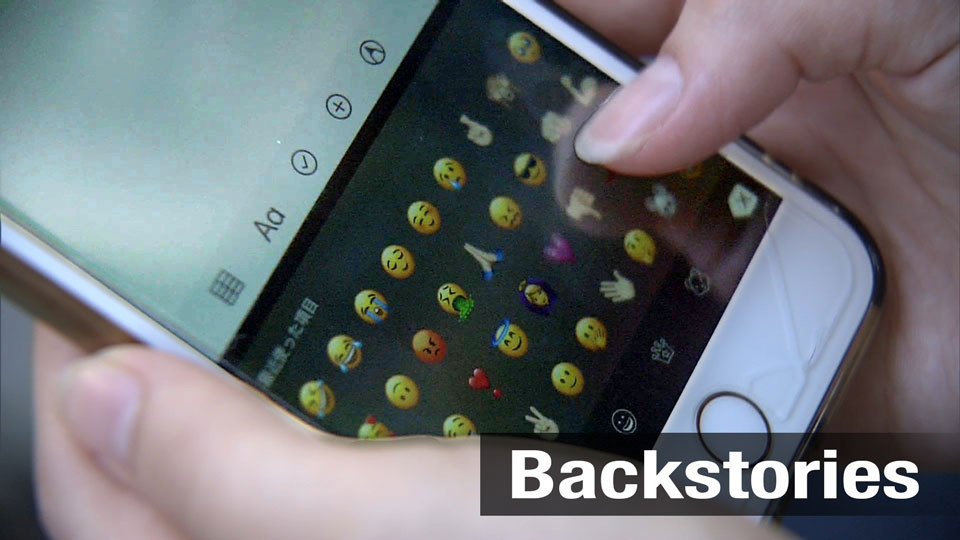With a 😃 or a 😔, the little glyphs in our phones can convey our moods with just one tap. "I'm having lunch" is 🍔. And no need to search for the words to say you're feeling down; just send 😢.
The Unicode Consortium, a non-profit organization set up by tech firms including Apple and Google, says there were around 3,000 globally standardized emoji as of April this year.
Facebook says more than 900 million messages have been sent on its Messenger app without any text at all.
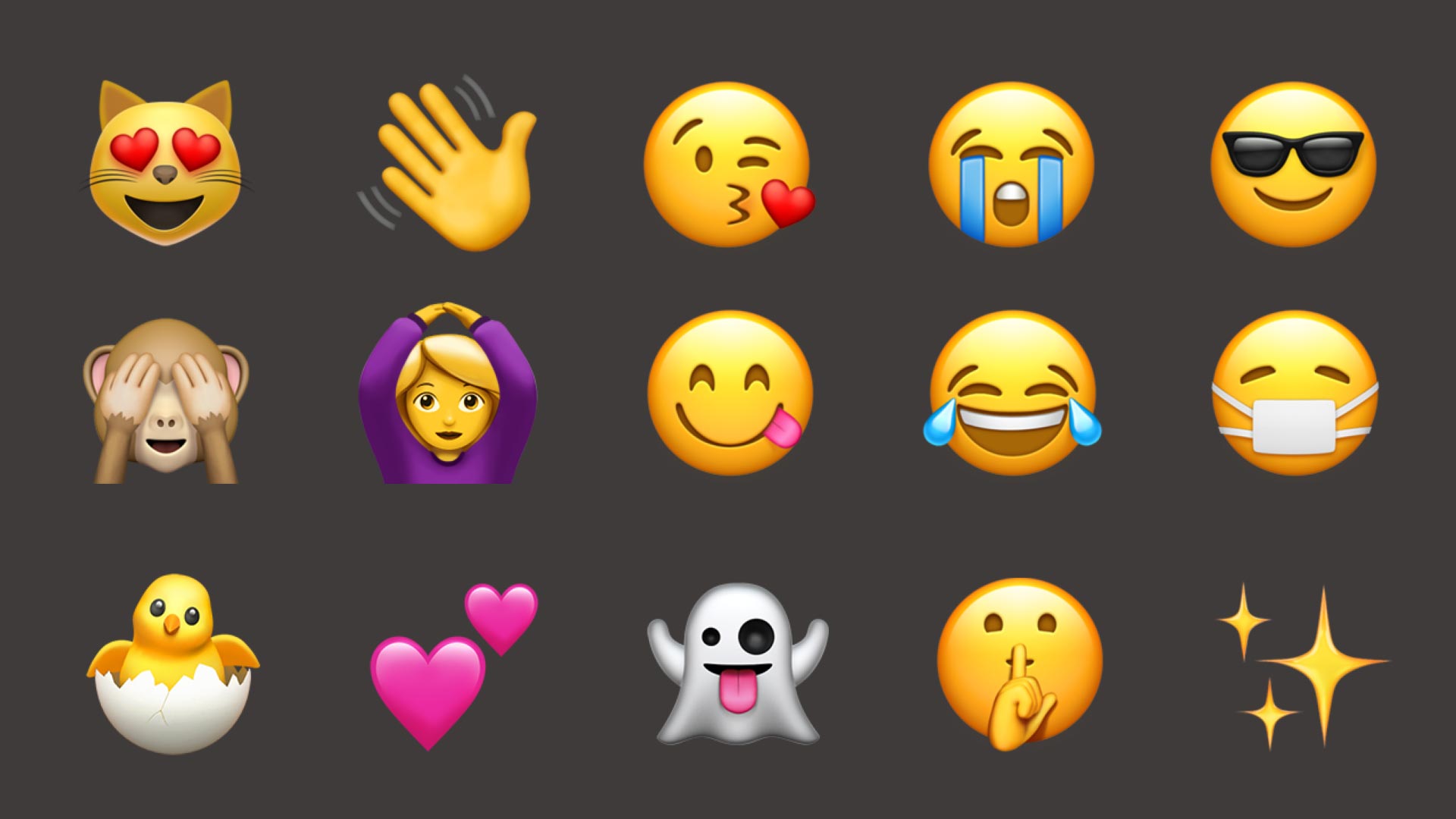
Shigetaka Kurita designed the first emoji while working for Japanese telecom giant NTT docomo. He came up with 176 symbols that would speed up communication on the company's i-mode service. Kurita told NHK that he only envisaged them as a way for Japanese people to communicate subtle feelings and nuances, but he's delighted to see them accepted worldwide.
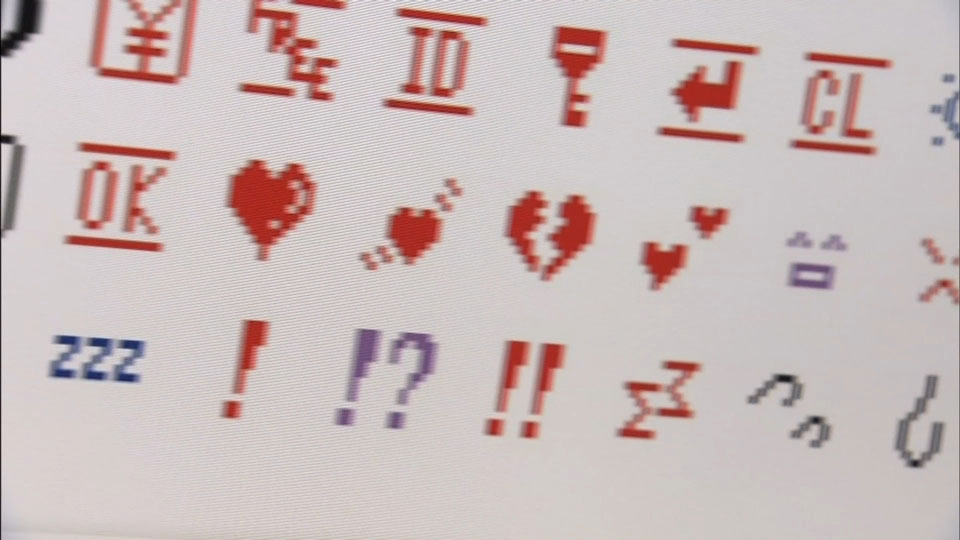
It is not a matter of acceptance anymore. Emoji are evolving in different countries in different ways.
In Germany, a local government created emoji of anthropomorphic sausages. Officials say it cost more than 27,000 dollars but it fostered pride in the local produce. They say people used the icons more than three million times in the first year after their release.
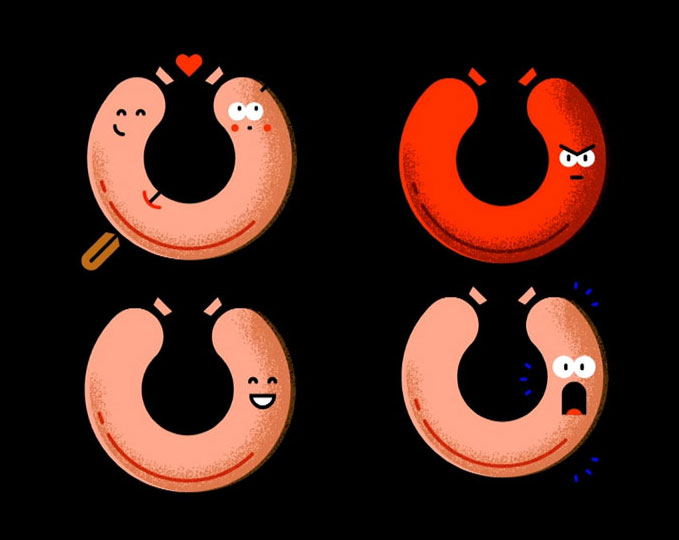
In China, there's an emoji of the character for luck, shown upside down to signify that good luck is coming. And a bunch of firecrackers is a popular glyph to send at New Year.
Another emoji became a political issue in China when censors appeared to block the candle image people were using to express sorrow at the death of human rights activist and Nobel Peace Prize laureate Liu Xiaobo.
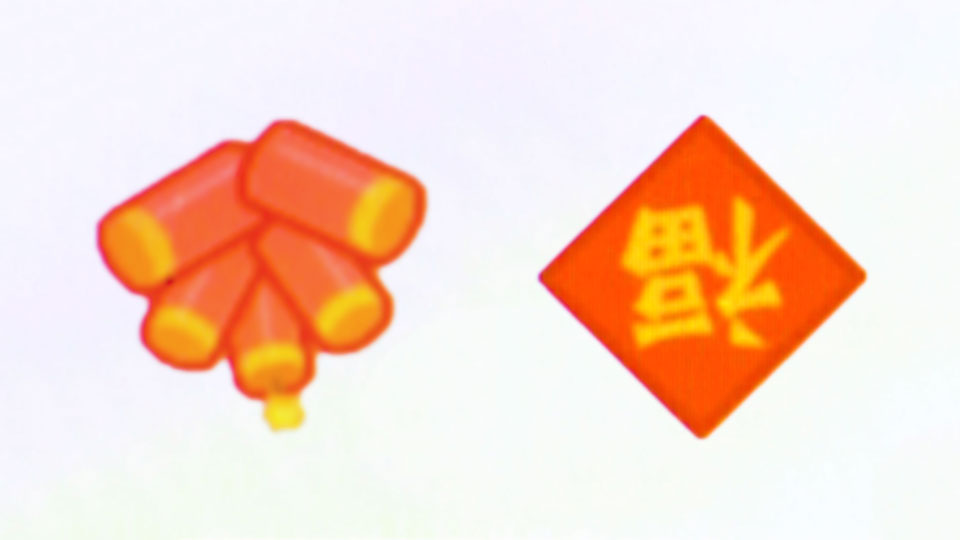
In India, people are using the symbols on religious occasions. A smartphone app company recently revealed that the 🙏🏾 is used more than any other in the country, and usage spikes during festivals and national events.
The characters are changing with the times, too. Apple unveiled a new line of diverse and inclusive emoji this year.
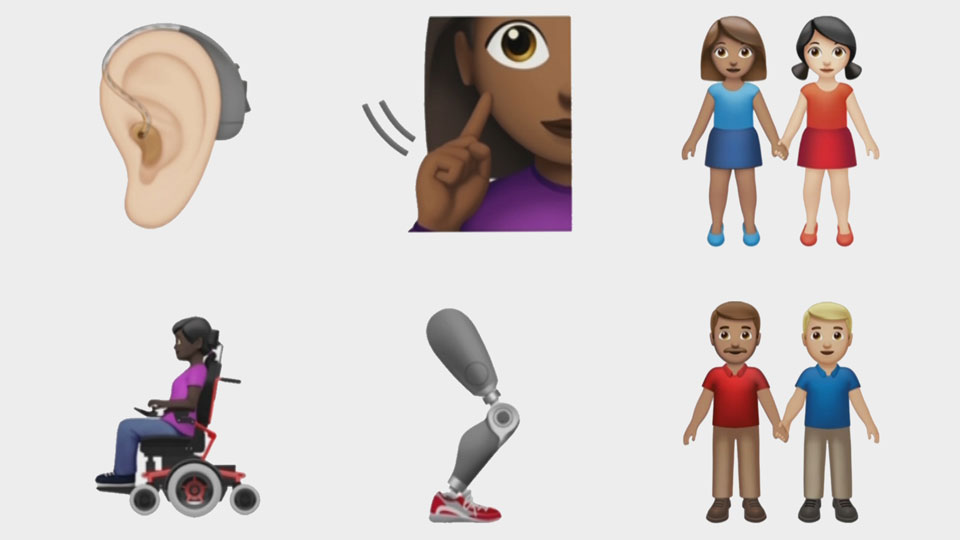
They added new skin tones for the pictogram representing a same-sex couple, as well as a variety of symbols representing disabilities.
Love 'em or hate 'em, emoji are here to stay. They're quick, effective, and for many of us, they're the language that best fits who we are today. 🗣️
